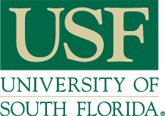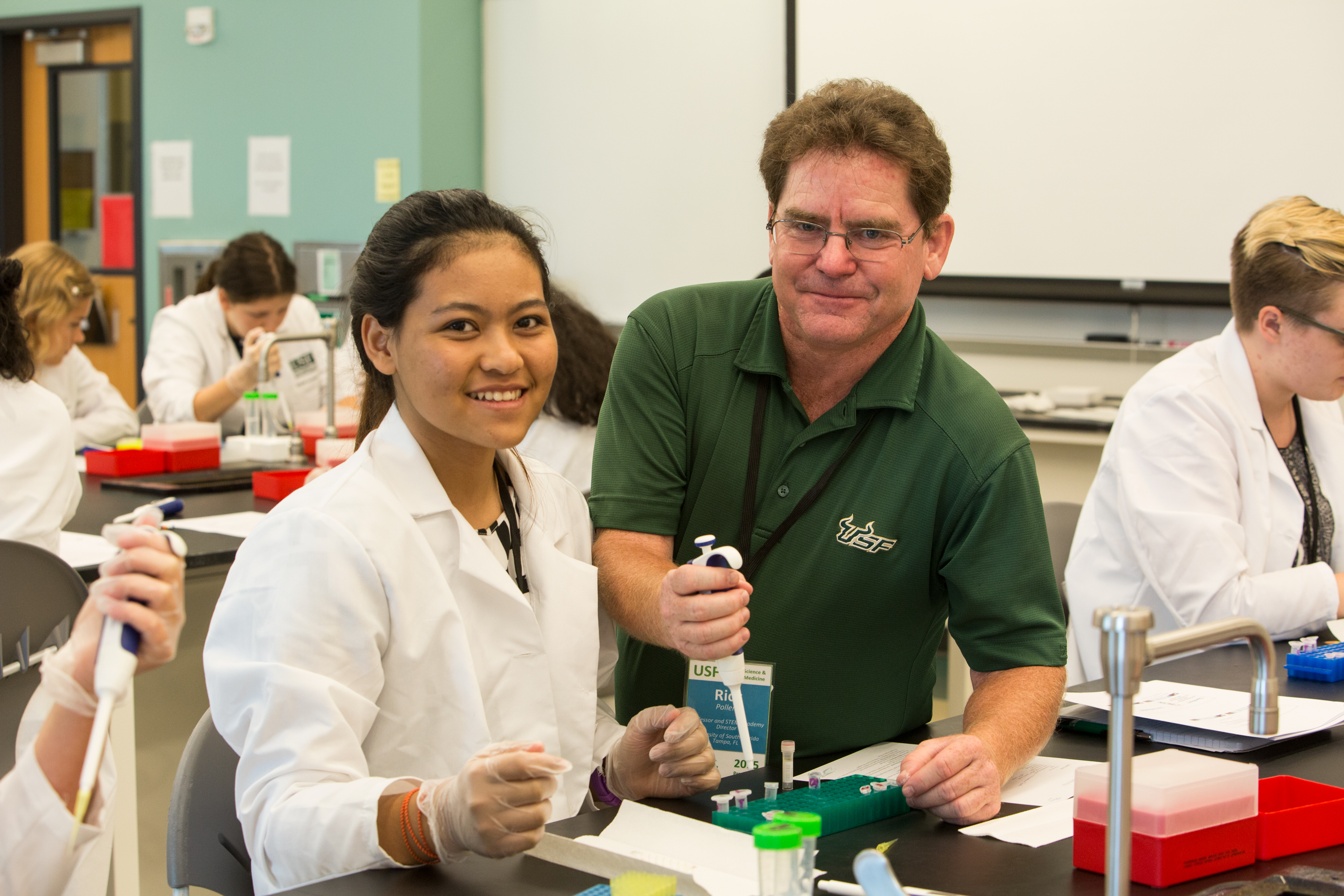Below is a summary of the abstract you submitted. Presenting author(s) is shown in bold.
If any changes need to be made, you can modify the abstract or change the authors.
You can also download a .docx version of this abstract.
If there are any problems, please email Dan at dar78@pitt.edu and he'll take care of them!
This abstract was last modified on April 23, 2018 at 4:15 p.m..

USF joined SEA PHAGES in cohort 10 and initiated two sections of the course in Fall 2017. Each section was capped at 16 students and both courses filled with a majority population of freshman biology majors. Each section met Mon/Wed for 2 hours with an optional 3 hour open lab on Fridays. The host bacteria utilized was Microbacterium foliorum. To validate the ability to utilize this host in Tampa and predict the number of samples that would need to be evaluated in the course, 30 soil isolates were screened prior to the start of the course. 5 of the samples were positive following direct isolation and an additional 7 samples produced plaques after the enrichment. Thus, 12 of 30 samples showed positive results (40%) suggesting that it was likely that all students in the course could isolate their own phage. In our first isolation, students were tasked with obtaining 4 soil samples each and in the direct screen 18 of the 131 samples (13.7%) showed positive results. Due to the hurricane, these samples were not processed using enrichment, thus, an additional 3 samples were collected and screened through direct and enriched procedures. 16 of 101 samples showed positive results after direct isolation (13.9%) with an additional 32 that showed positive results following the enrichment (31.2%). In total, 232 samples were processed with 34 phage isolated via direct isolation (14.6%) and a total of 66 samples were positive (28.4%). Thus, all but one of the students worked from a direct prep and only three had to adopt a phage that was not from one of their own soil samples. This data may be helpful for other groups working with foliorum. Procedurally, since each class session was only 2 hours, the instructor and TA added media, shook and centrifuged the soil samples prior to the class session. Students then received the freshly centrifuged samples and processed them from that point in the protocol. The 29 unique phage had varying plaque morphologies and growth characteristics. Generating high titer lysates for temperate phage or lytic phage with slow growth and very small plaque morphologies presented significant challenges. We did have some success in pooling centrifuged lysates or using the same lysate to flood multiple webbed plates in succession. DNA extraction proved to be the most challenging procedure and UPitt was unable to sequence the DNA that was isolated from four of the phage that all appeared to be podovirdea. Although the DNA appeared to pass QC, novel sequence was never obtained for these phage. Future work will assess if alternate DNA methods may be needed or if there were procedural issues with the DNA extraction techniques.

